Do the actions match the ambition? The Saudi Green Initiative, one year on
As the COP27 conference finishes and work begins on next year’s event in Dubai, we look at one of the more significant side events in Sharm el-Sheikh this year
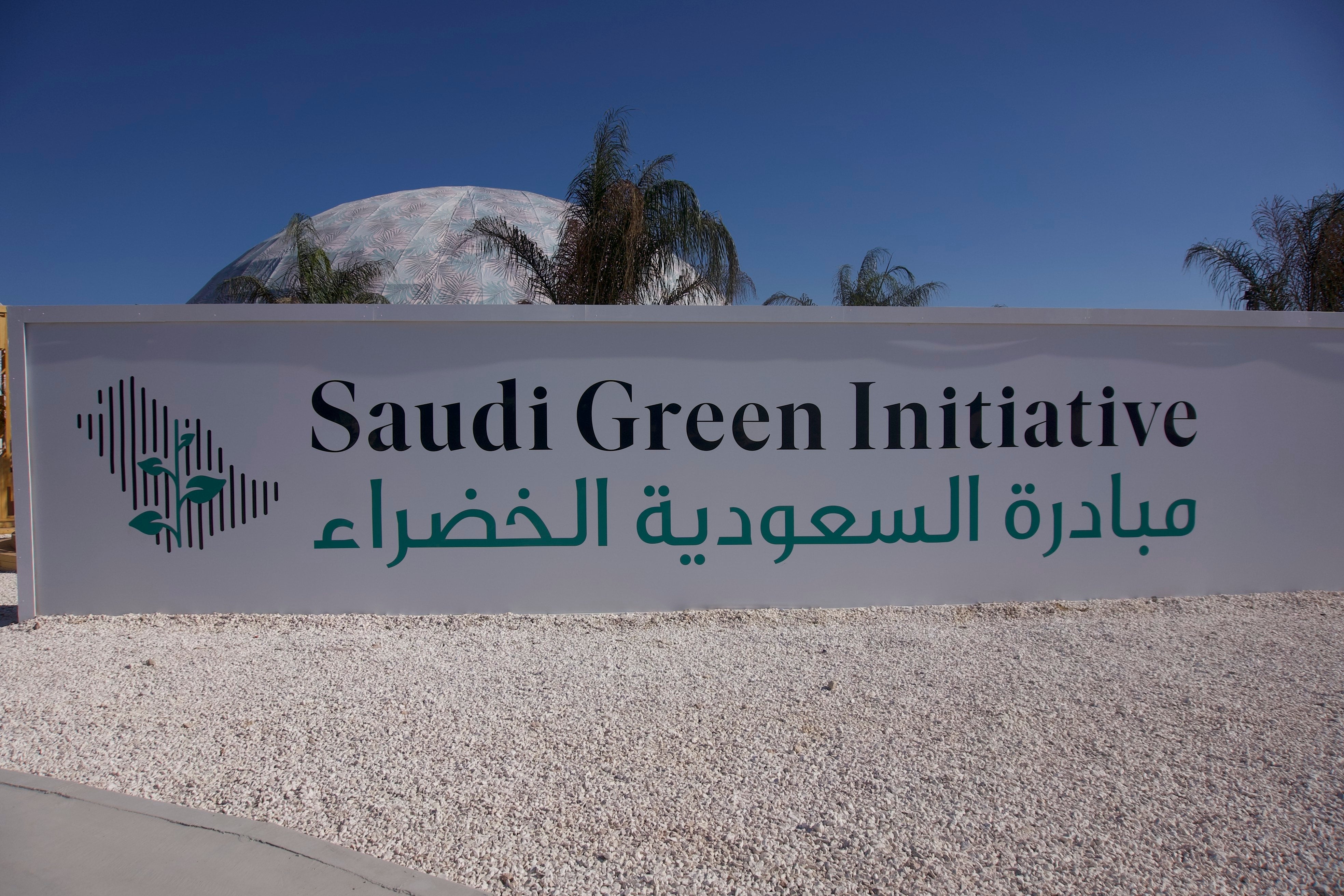
The Saudi Green Initiative (SGI) kicked off in 2021 with a series of announcements designed to transform Saudi Arabia, the Middle East’s largest country and the world’s second biggest oil economy.
That transformation would not only be technological – how the Kingdom produces, stores and uses energy: it was a once-in-a-generation commitment to transform the landscape and the future of the flora and fauna that depend on it.
And that promised big changes for the Saudi people too, in terms of job opportunities, the growth of an eco - and adventure tourism sector – and the way traditional practices such as grazing, farming and even hunting need to change.
This year’s SGI was headlined From Ambition to Action. The list of actions already taken is formidable, but the list of urgent measures it needs to take is even longer – a point not lost on the SGI’s leaders and scientists. We offer a selection of highlights.
Real money for the green revolution
Much of this year’s COP27 focus was on funding the green transition globally.
After the SGI was created in 2021, Saudi Arabia committed more than £150 billion of investment in the green economy.
In October 2022, Saudi Arabia’s Public Investment Fund (PIF) issued $2.5 billion (£2.1 billion) in green bonds. Then 1.4 million tons of carbon credits were successfully auctioned at the voluntary carbon market initiative.
HE Yasir Al Rumayyan, Governor of the Public Investment Fund (PIF) and Chairman of Saudi Aramco, said the Voluntary Carbon Market Initiative, was “the first of its kind in the MENA region [and] the largest carbon credit auction in the world.”
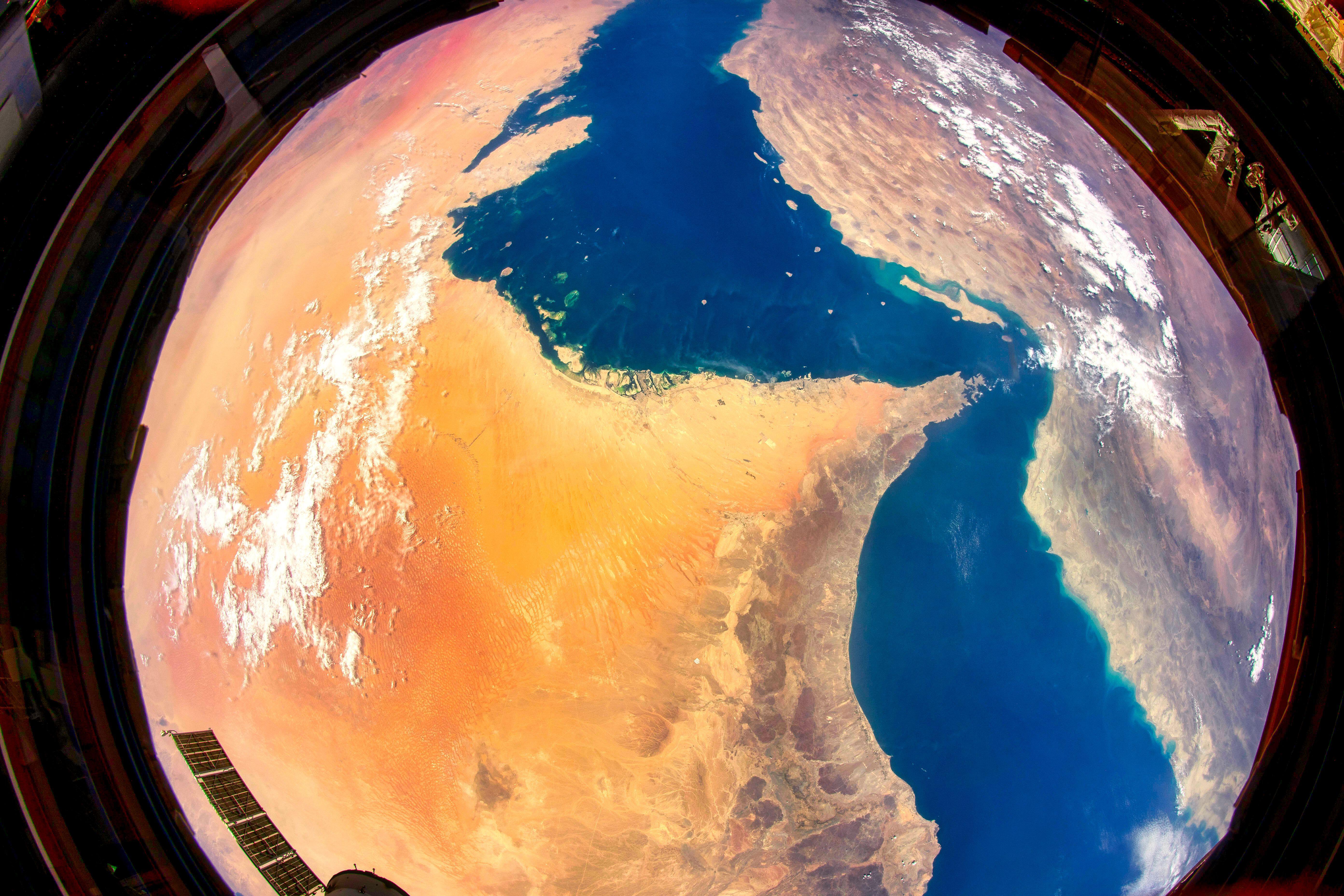
Net Zero for sovereign wealth fund
At the start of the week, Saudi Arabia’s Public Investment Fund (PIF) announced that it will reach net zero by 2050. That was a significant statement from a big player in global investment: it is the first sovereign wealth fund in the Middle East and one of the first globally to commit to a target.
Minister of Energy announces new climate action
HRH Prince Abdulaziz bin Salman, Minister of Energy, announced the Kingdom is launching the Circular Carbon Economy (CCE) Knowledge Hub. That’s designed to help the country’s neighbours in the gulf and North African coordinate their efforts.
Saudi Arabia is also now working with the United Nations Economic and Social Commission for Western Asia to establish a regional centre to advance emissions reduction.
The UNFCCC and Saudi Arabia will jointly host the next MENA Climate Week in 2023.
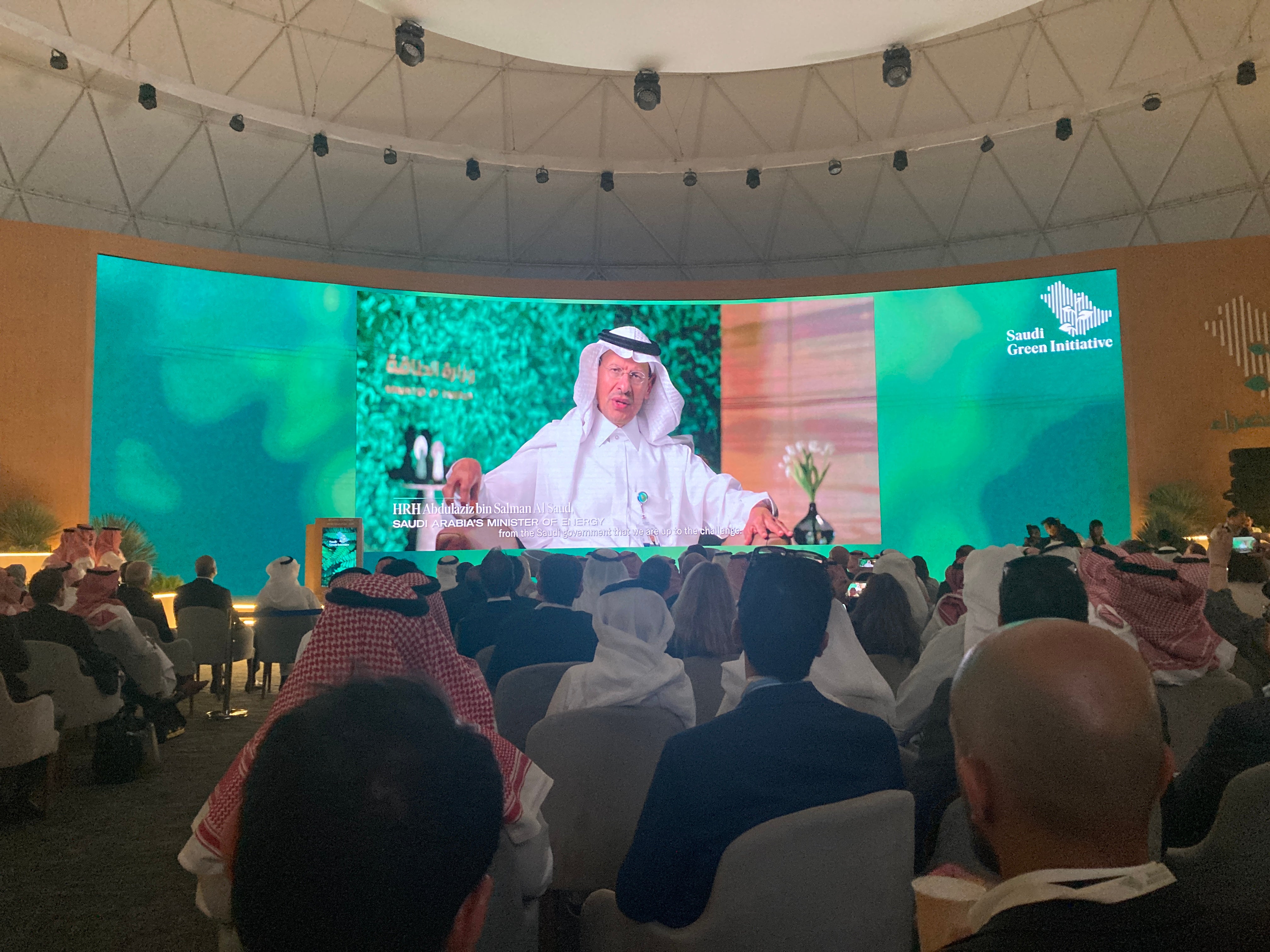
Boosting renewable energy projects
Saudi Arabia wants to achieve 50% power generation capacity from renewables by 2030 (in such an oil-rich state, domestic energy has been historically cheap and the pressure to find alternatives low). But with abundant sun, wind and wave power, as well as new technological solutions, the Saudis are confident they can meet 50% of their renewable energy needs by 2030.
To make such a radical and swift change in the supply source, 13 renewable energy projects with a total capacity of 11.4GW, at an estimated investment value of US$ 9 billion (£7.6 billion) are under development. The projects, once operational, are set to reduce around 20 million tons of CO2e per year.
And in the home?
Seven hundred megawatts of solar PV and wind power has been connected to the national grid, providing enough energy to power 150,000 homes, as part of the Ministry of Energy’s efforts to increase the use of renewables.
Countdown to the world’s largest green hydrogen project
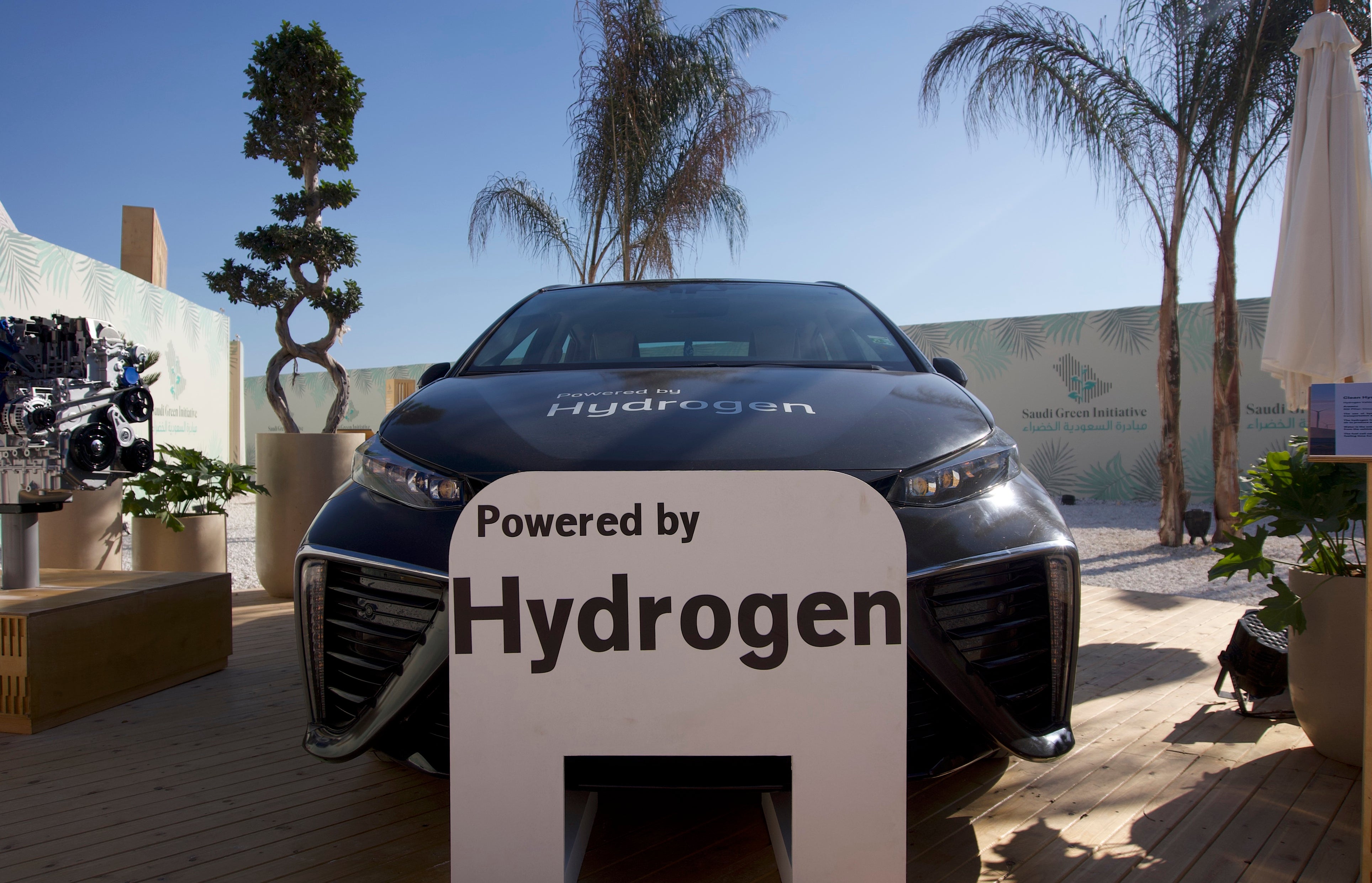
Construction has started on the world’s largest green hydrogen project within the NEOM project. The plant is set to start producing 650 tons of carbon-free hydrogen a day from 2026, paving the way for the Kingdom to become the largest global producer of clean hydrogen.
Growing the green capital
The Ministry of Environment, Water and Agriculture is to set aside a huge expanse of the Saudi Capital, Riyadh – 718,000m2 – for use as plant nurseries and saplings. More on the project here. In the NEOM reserve in the north, meanwhile, 100 million trees will be planted by 2030.
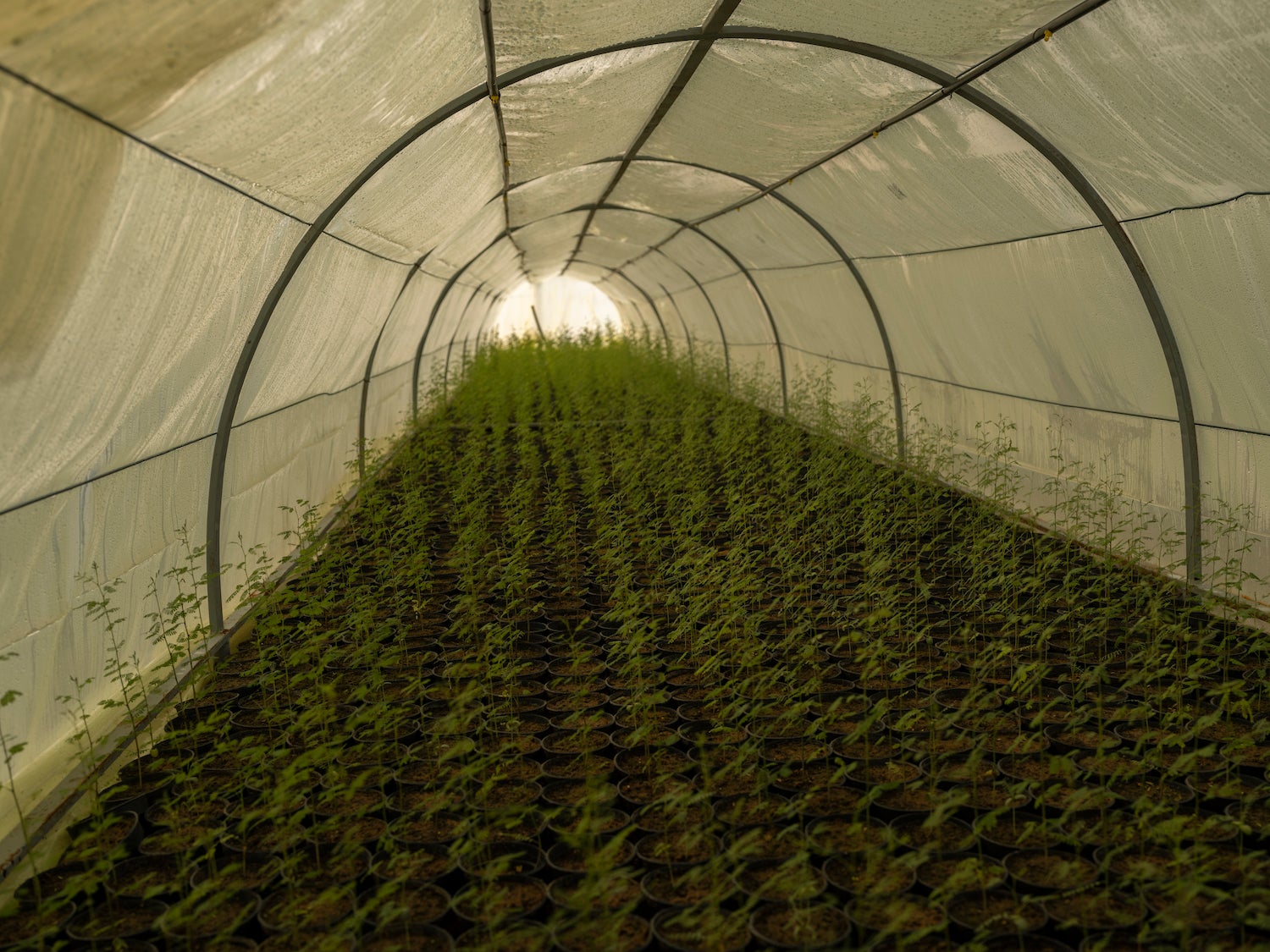
The mangrove solution
Since the launch of SGI just over a year ago, over 18 million trees have been planted – 13 million of them mangroves. Saudi Arabia’s natural wetland forests are a living barrier against shoreline erosion and a natural defence against climate change. Mangroves sequester five times more carbon than tropical forests: their depletion by overfishing and development has become a major source of concern in tropical and subtropical countries.

Network nature
The King Abdulaziz Royal Nature Reserve Development Authority, which oversees the Kingdom’s largest nature reserve covering more than 130,000km2, has become the third body in Saudi Arabia to be awarded membership to the International Union for Conservation of Nature (IUCN).
The leopard returns
The birth of a third leopard cub this year has been announced in AlUla’s Taif reserve. It’s an encouraging landmark in the Royal Commission for AlUla’s project to ultimately reintroduce the species to its natural habitat.
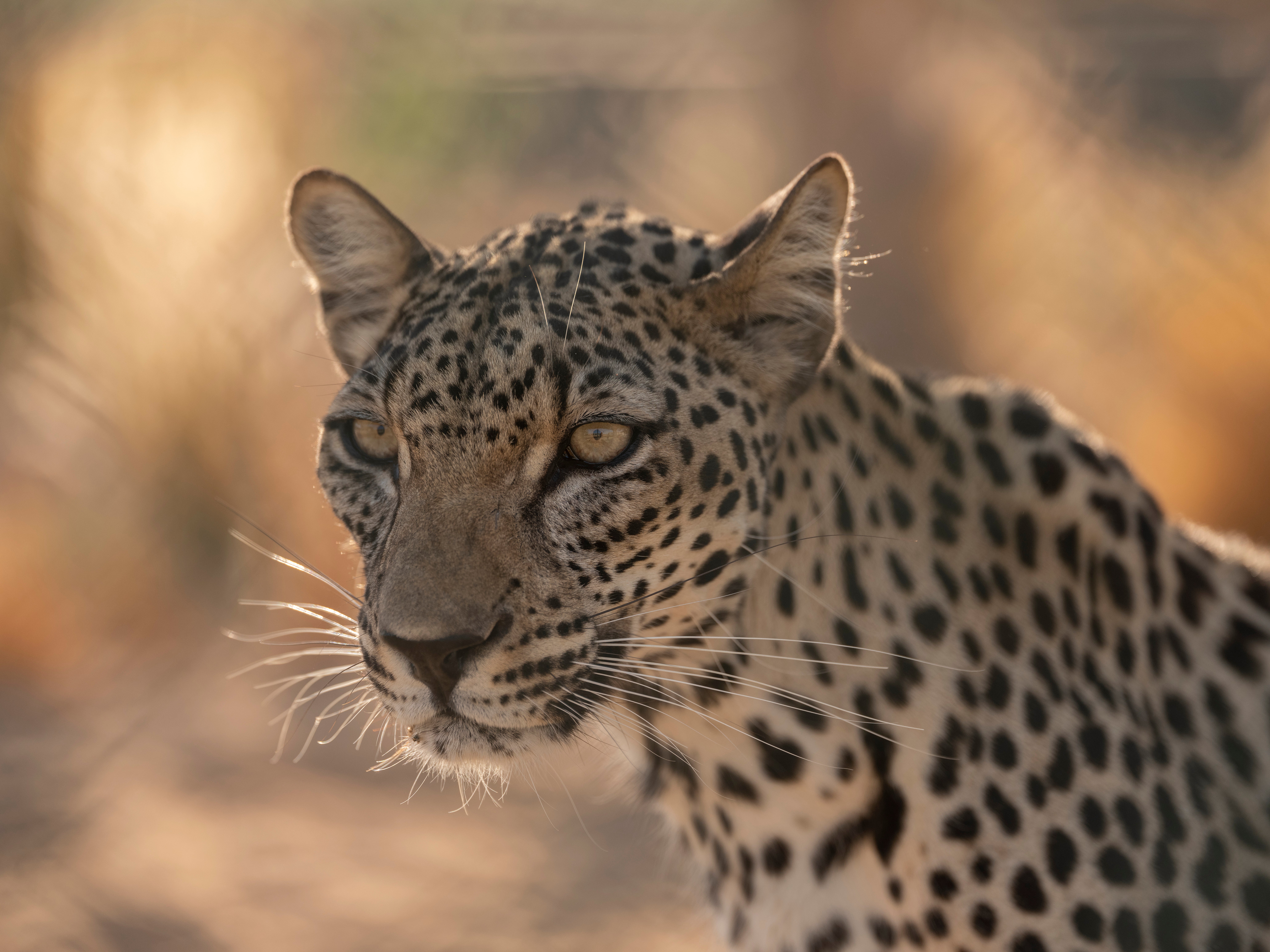
Regional emissions reduction
Saudi Arabia is supporting efforts across the region to reduce emissions by 670 million tons of carbon dioxide equivalent (CO2e). This figure represents the nationally determined contributions (NDCs) from all countries in the region, which represented 10% of global contributions at the time the target was announced.
In support of regional emissions reduction efforts, Saudi Arabia has scaled up its NDC, committing to reduce 278 mtpa of CO2e by 2030. The Kingdom will deploy one of the largest Carbon Capture, Usage and Storage (CCUS) hubs in the world. This will capture 44 million tons of CO2e, equivalent to 15% of the Kingdom’s current NDC, by 2035.
